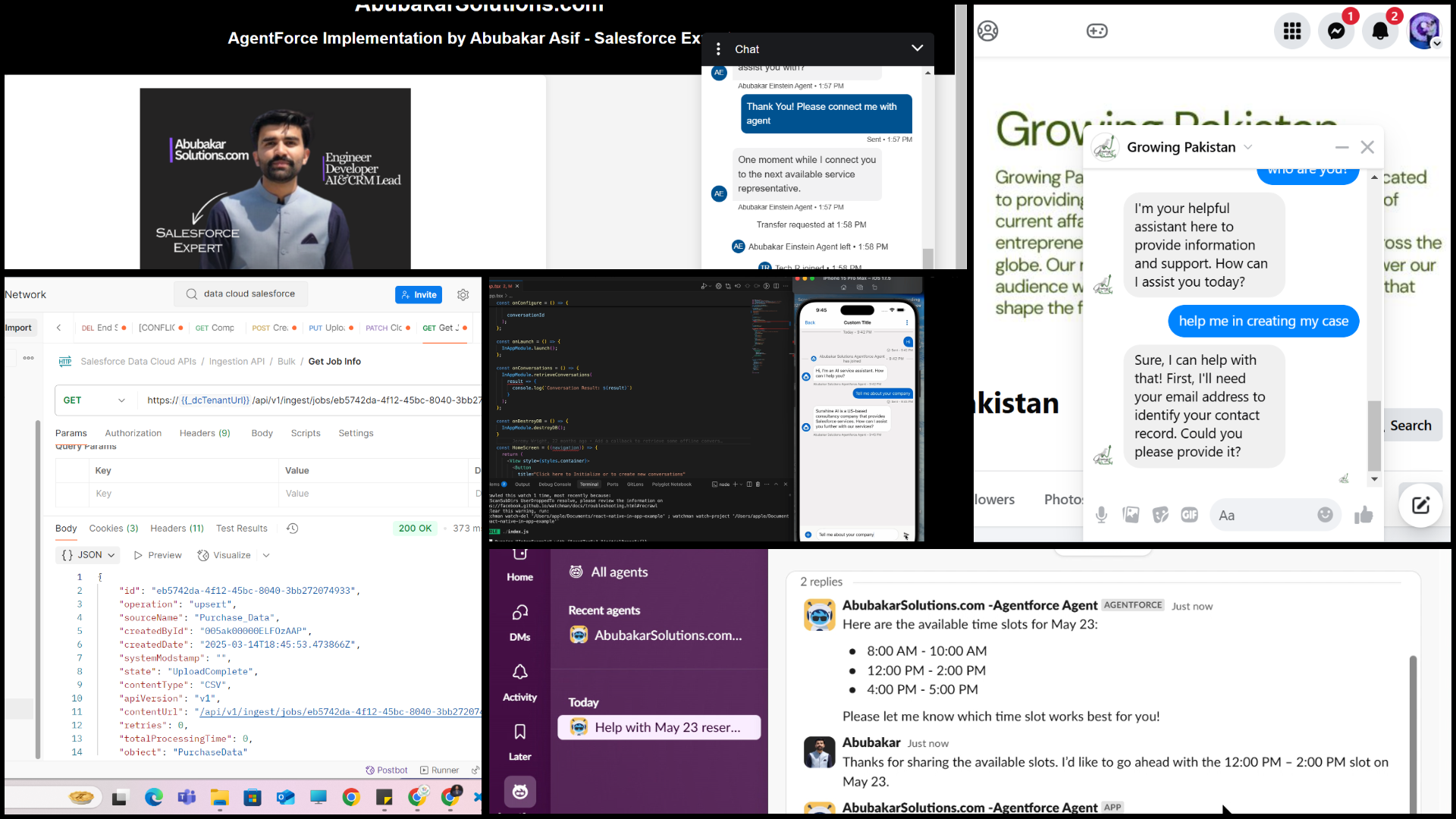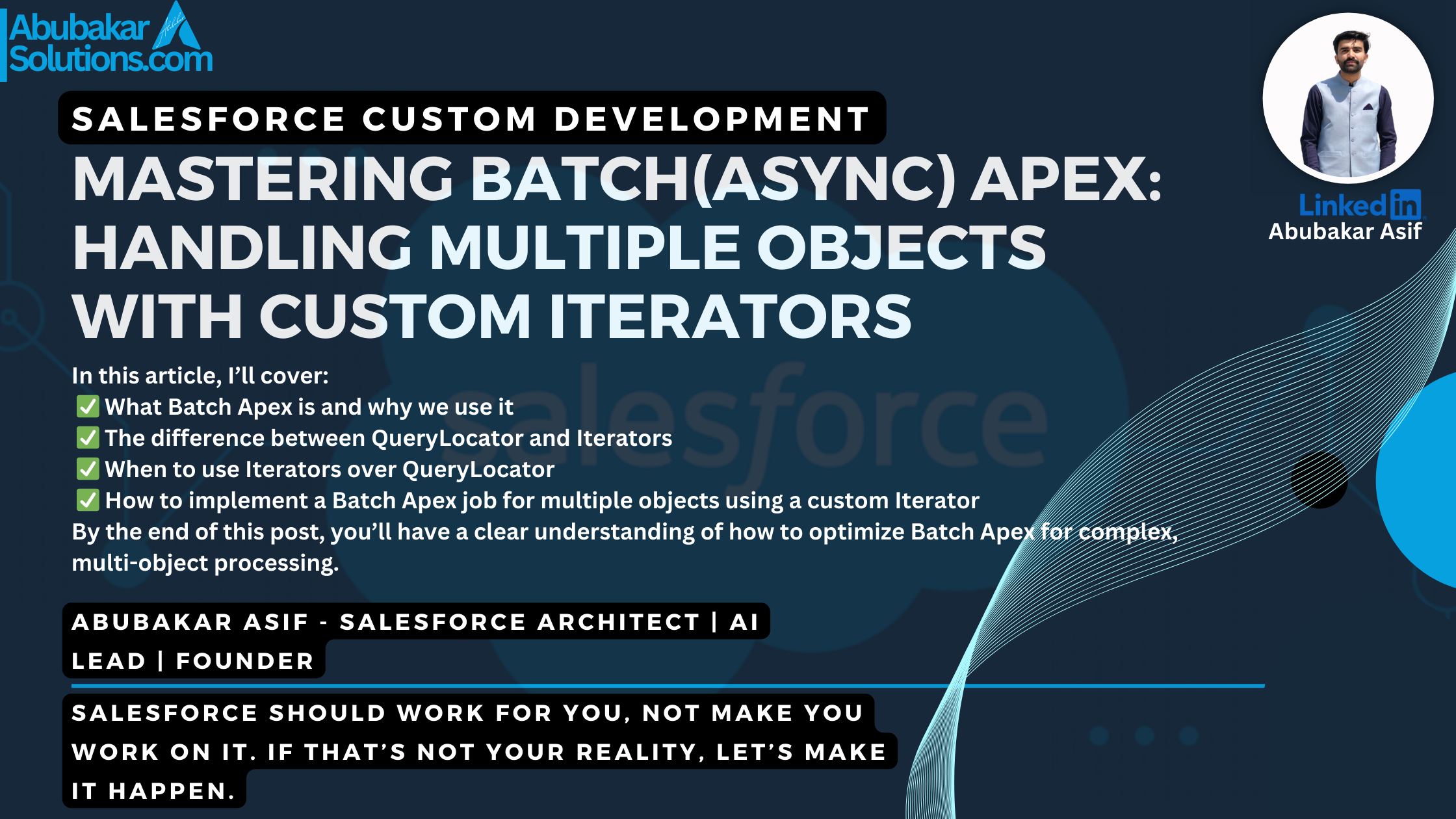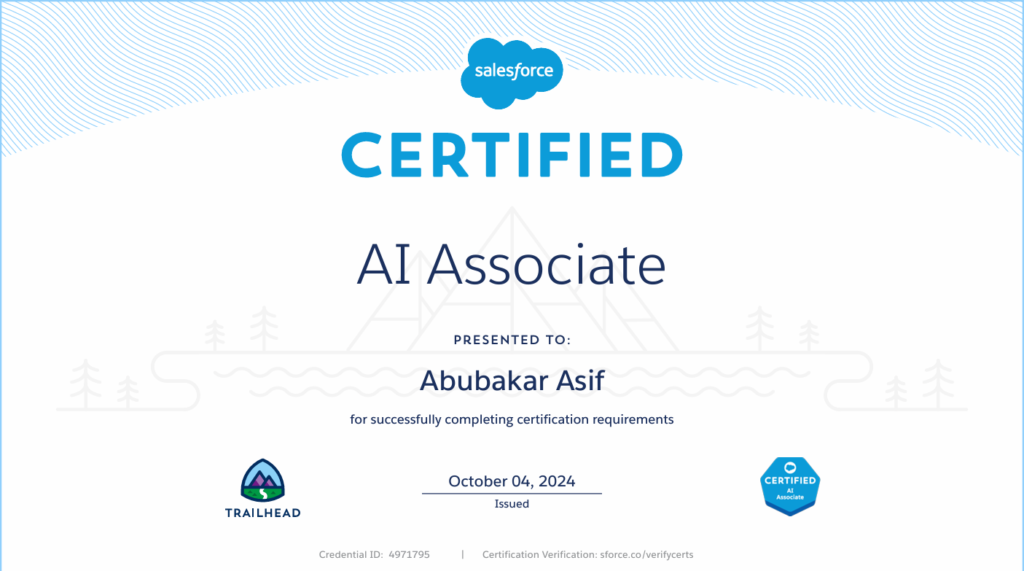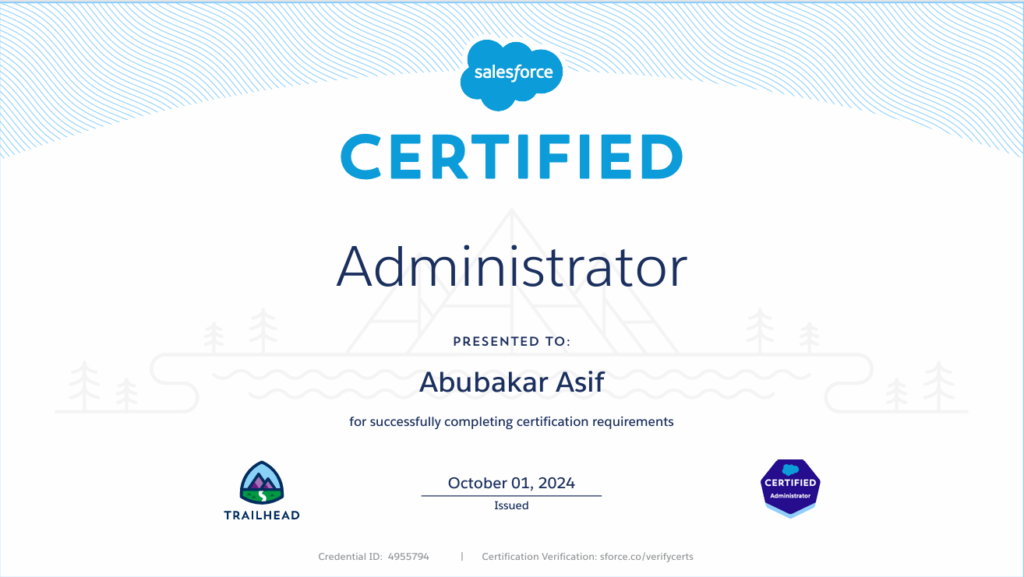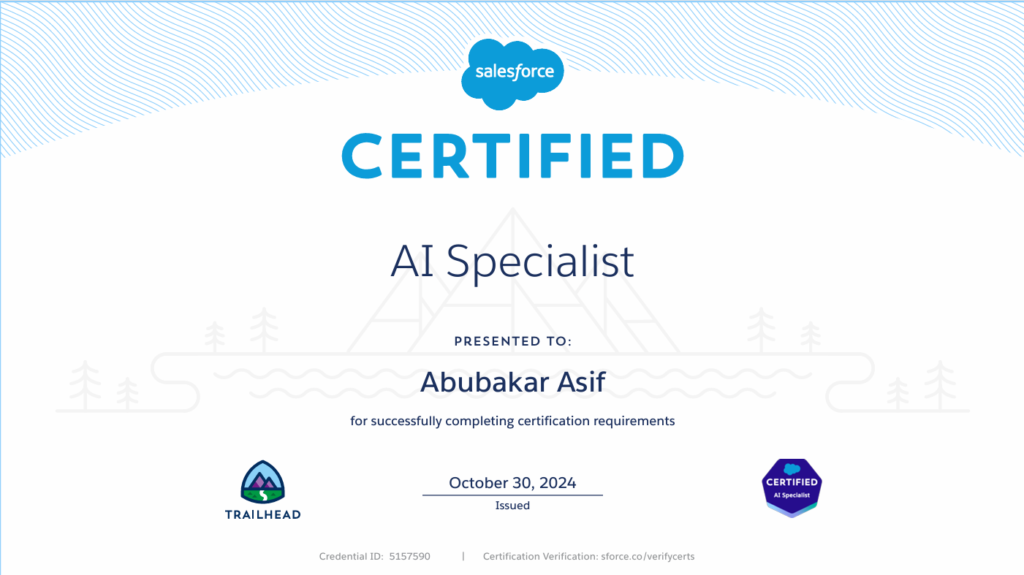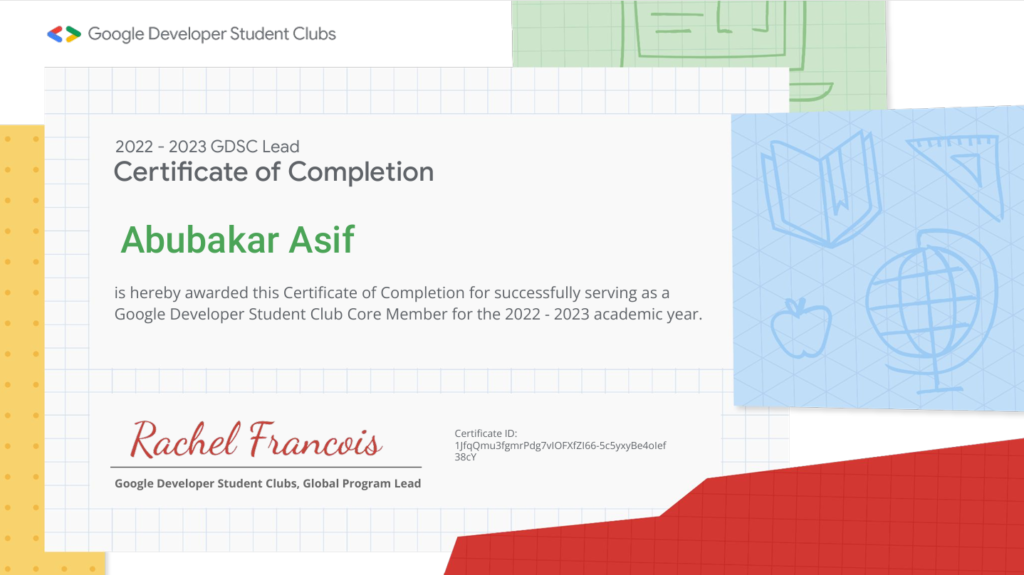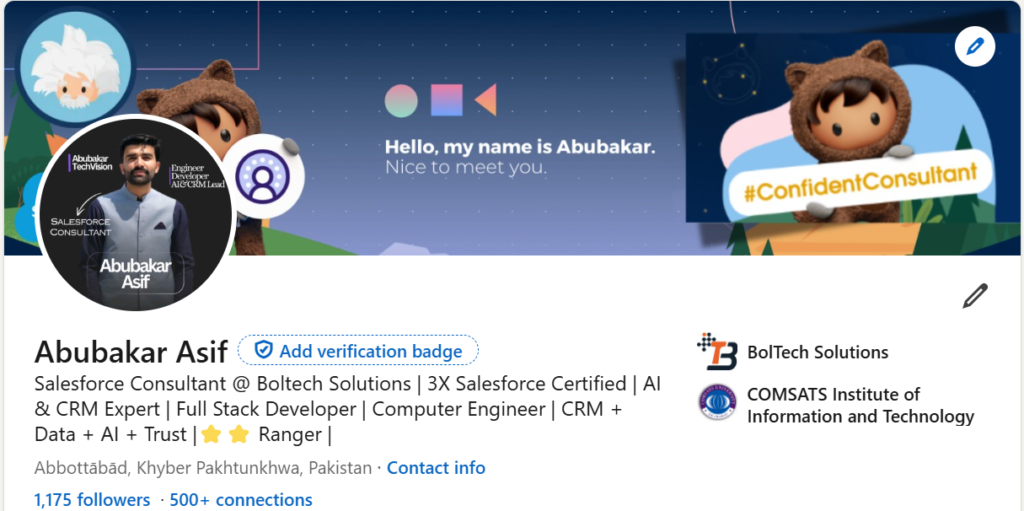Introduction
Handling errors properly is crucial for building robust and reliable applications. Many developers know how to throw exceptions, but not everyone understands why catching them is often the better approach. In this article, we’ll explore the importance of catching exceptions, how execution flow works in try-catch-finally, and what happens when you don’t handle exceptions properly. By the end, you’ll have a solid understanding of when and how to use exception handling effectively in Apex and other programming languages.
Throwing vs. Catching Exceptions
What Does Throwing an Exception Do?
Throwing an exception signals that something went wrong in the program. It immediately halts execution and transfers control to an appropriate error-handling mechanism.
Example:
public void validateAmount(Integer amount) {
if (amount <= 0) {
throw new IllegalArgumentException('Amount must be greater than zero');
}
System.debug('Valid amount: ' + amount);
}
// Running validateAmount(0) will cause an unhandled exception
❌ If no try-catch is present, the program stops executing and throws an error.
What Does Catching an Exception Do?
Catching an exception prevents the program from crashing and allows for controlled recovery.
Example:
public void validateAmountWithHandling(Integer amount) {
try {
if (amount <= 0) {
throw new IllegalArgumentException('Amount must be greater than zero');
}
System.debug('Valid amount: ' + amount);
} catch (Exception e) {
System.debug('Exception caught: ' + e.getMessage());
}
}
✅ Execution continues, and instead of failing, an error message is logged.
Execution Flow of Try-Catch-Finally
How Does Try-Catch Work?
- Try Block: Code inside the try block executes first.
- Exception Thrown: If an error occurs, execution jumps to the catch block.
- Catch Block: Handles the error and prevents program termination.
- Finally Block (Optional): Executes whether an exception occurs or not.
- Remaining Code Execute normally.
Example:
public void tryCatchDemo(Integer amount) {
try {
System.debug('Trying to validate amount...');
if (amount <= 0) {
throw new IllegalArgumentException('Invalid amount');
}
System.debug('Amount is valid');
} catch (Exception e) {
System.debug('Exception caught: ' + e.getMessage());
} finally {
System.debug('Execution completed');
}
}
Why Execution Doesn’t Stop in Try-Catch
The catch block prevents the program from crashing by handling the error. Without a try-catch, the program stops executing when an exception is thrown.
With Try-Catch:
Trying to validate amount... Exception caught: Invalid amount Execution completed
Without Try-Catch:
Trying to validate amount... System.IllegalArgumentException: Invalid amount Program execution stops here.
What Happens Without a Try-Catch?
- The program stops immediately when an exception is thrown.
- No further code execution occurs.
- Users see an unhandled error, causing a bad experience.
- Data operations (like saving records) may be left in an inconsistent state.
When to Use Finally?
The finally block always executes, whether an exception occurs or not. It is useful for cleanup operations like closing files, releasing resources, or logging information.
Example:
public void demoFinally() {
try {
System.debug('Executing try block');
throw new IllegalArgumentException('Something went wrong');
} catch (Exception e) {
System.debug('Caught exception: ' + e.getMessage());
} finally {
System.debug('Cleanup actions in finally');
}
}
Output:
Executing try block Caught exception: Something went wrong Cleanup actions in finally
Key Takeaways
- Throwing an exception stops execution unless it is caught.
- Catching an exception allows controlled handling and prevents crashes.
- Try-catch ensures execution continues even when errors occur.
- The finally block executes regardless of an exception occurring.
- Always use exception handling for better application stability and user experience.
Conclusion
Catching exceptions instead of simply throwing them ensures your application remains stable, user-friendly, and error-resilient. By using try-catch-finally properly, you can control execution flow, prevent abrupt failures, and implement recovery mechanisms. Whether in Apex, Java, or any other language, exception handling is a critical skill every developer should master.



